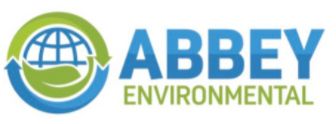13/09/2021 0 Comments
How Does a Percolation Area Work?
When discussing septic tanks, inevitably the topic of percolation areas will be discussed. While most people will know what a septic tank is and even what a wastewater treatment system is. The average person likely won’t know what a percolation area is. In today’s blog, we’re going to discuss what a percolation area is, how it works and discuss some of the problems a property owner may encounter with their percolation area.
What is a percolation area?
In the broadest strokes possible, percolation is the process of liquid slowly being put through a filter. In a septic tank or a wastewater system, the percolation area is a large area of soil where the filtered water is passed into.
What are the problems associated with a Percolation Area?
Unfortunately, problems do occur with a percolation area. An obvious and distressing sign that there’s something wrong with your percolation area, is a bad smell. Also, if you notice cracks on your septic tank lid. This is also a sign you have an issue with your percolation area and septic tank.
One of the major reasons for a problem with your septic tank and by extension your percolation area is to do with overflowing.
In a septic tank, unfiltered materials form on the top of the septic tank water. This layer of solids is referred to as the sludge layer. When a septic tank becomes too full this sludge layer begins to seep into pipes and overflow into the surrounding soil and land. To stop this from happening, it’s necessary to empty – de-sludge – your septic tank. A septic tank emptying removes the sludge layer from the septic tank, ensuring the tank and the percolation area are operating effectively.
Can a percolation area be installed anywhere?
Unfortunately not, only certain areas have the soil with the necessary absorption rate. To ensure your soil has the necessary absorption rate, you’ll need a perc test. This test will determine if a percolation area can be installed in a defined area.
For more information on this topic, see our percolation areas page or get in contact with Abbey Environmental today.

Comments
Leave a comment